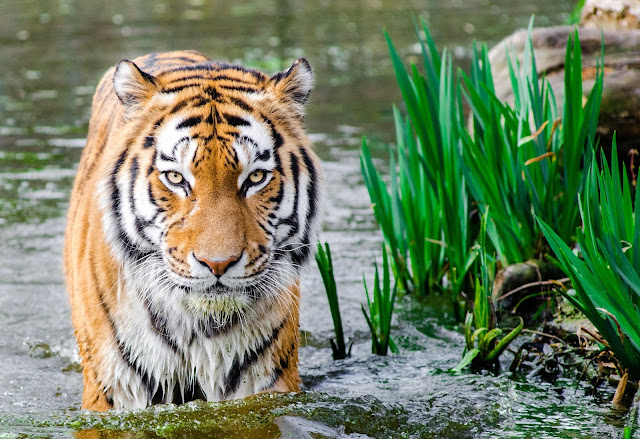kaziranga national park essay in english
Kaziranga National Park is a National Park in Golaghat and
Nagaon districts of Assam State of India. The sanctuary, which hosts two-thirds
of the world's one-horned rhinoceros, is a world heritage site. According to
the census conducted in March 2018, which was jointly organized by the forest
department of Assam Government and some recognized wildlife non-governmental
organizations, the Kaziranga National Park has a population of Rhinos 2,413. It
includes 1,641 adult rhinoceros (642 males, 793 females, 206 nonresidents); 387
sub-adult (116 males, 149 females, 122 non-resident); And 385 bulls In 2015,
Rhino's population was 2401. Kaziranga is home to the highest density of tigers
in protected areas in the world, and was declared a Tiger Reserve in 2006. This
park is home to large reproduction populations of elephants, wild water
buffaloes and bogey deer. Kaziranga is recognized by BirdLife International as
an important bird region for conservation of avifenal species. When compared to
other protected areas in India, Kaziranga has achieved remarkable success in
wildlife conservation. Located on the edge of the eastern Himalayan
biodiversity hotspot, Park combines high species diversity and visibility.
Kaziranga is a huge extension crossed by four major rivers,
including long elephant grass, marsh land, and dense tropical moist wide
jungle, Brahmaputra, and many small bodies of water in the park are included.
Kaziranga has been the subject of many books, songs and documentaries. After
being established as a reserve forest in 1905, this park celebrated its
centenary in 2005.
kaziranga national park history
The history of Kaziranga as a protected area can be established
in 1904, when Mary Curzon, Baroness Curzon of Kedluston, Lord Curzon of
Kedluston, wife of Viceroy of India, visited this area. [Citation needed] Once
failed after seeing. The single rhino, for which the area was famous, persuaded
her husband to take immediate measures to protect the dwindling species, which
they had planned for their protection. On June 1, 1905, Kaziranga proposed
reserve one 232 km2 (90 sq mi) area.
In the next three years, the park area was extended to 152
km2 (59 square miles) along the river Brahmaputra. [In 1908, Kaziranga was
named "Reserve Forest". In 1916, it
"Kaziranga Game Sanctuary" was redesigned and till
1938, when hunting was banned and visitors were allowed to enter the park.
[Citation needed]
Kaziranga Wildlife Sanctuary changed the name of Kaziranga
Wildlife Sanctuary in 1950 by Wild Conservationist PD Stressi to get rid of the
name of Kaziranga Games sanctuary. [Citation needed] In 1954, the Assam
Government passed the Assam (Rhinoceros) Bill. , Who imposed heavy fines for
illegal hunting of rhinoceros. [Citation needed] Fourteen years later, in 1968,
the state government passed the Assam National Park Act, 1968, in which
Kaziranga was declared a designated National Park. [Citation needed] 430 km 2
(166 sq mi)) Park was officially granted by the Central Government on February
11, 1974. In 1985, Kaziranga was declared a World Heritage Site by UNESCO for
its unique natural environment.
Kaziranga has been the target of many natural and man-made
disasters in recent decades. Flood caused by overflow of river Brahmaputra,
causing significant loss of animal life. [the] encroachment by people with
periphery has also destroyed a decreasing forest cover and habitat. [Citation
needed] United Liberation Front of Assam (ULFA) led by the separatist movement
in Assam has paralyzed the economy of the region, but remained unaffected by
the Kaziranga movement; In fact, examples of rebels in United Liberation Front
of Assam protecting animals, and in extreme cases, killing predators has been
reported since the 1980.


No comments:
Post a Comment